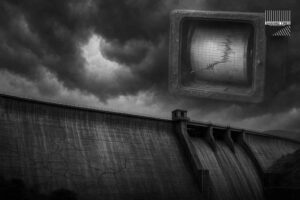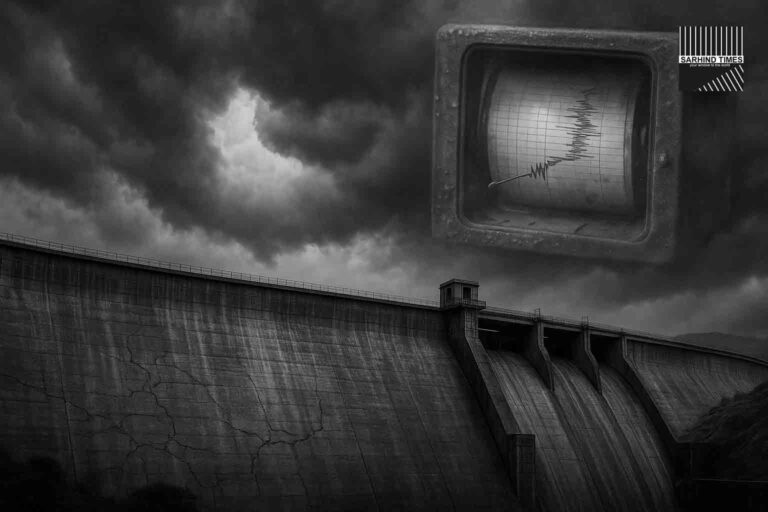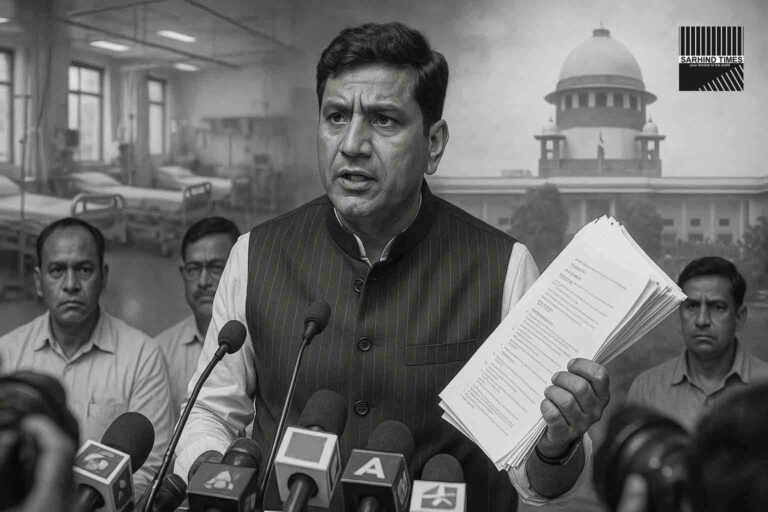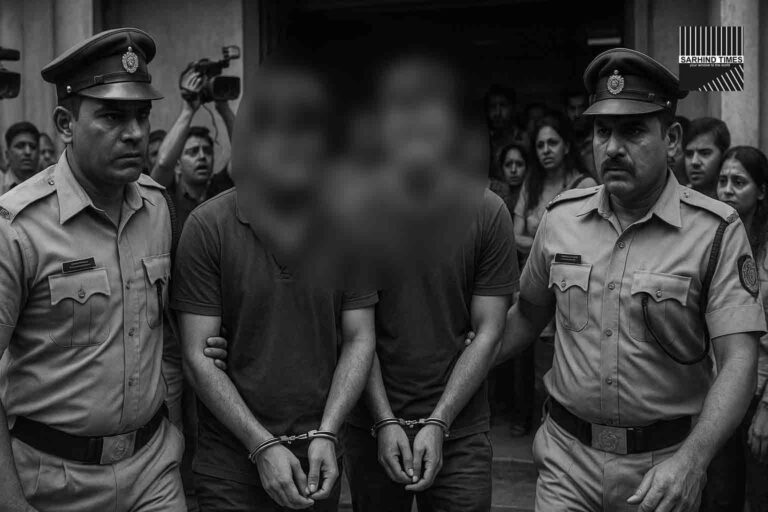Gurgaon, July 3, 2024 — The implementation of new criminal laws in Haryana is poised to significantly increase the workload for forensic experts across the state. The revised laws mandate that crime scene investigations be conducted for all cases where punishments of seven years or more are involved, necessitating the presence of forensic teams at the scene.
Current Forensic Resources and Pending Proposals
Currently, Haryana has 17 mobile forensic units, each comprising six forensic scientists who attend to crime scenes across the state’s 22 districts and police commissionerates. Gurgaon has two units, while larger districts are equipped with one each. However, some districts like Nuh and Palwal share a team. With more than 15,000 cases pending at the state forensic science laboratory in Madhuban and four regional facilities in Gurgaon, Hisar, Rohtak, and Panchkula, the demand on these teams is substantial.
A senior forensic officer highlighted the pressing need for additional resources, stating, “Now that the new criminal laws have been implemented, the need for teams to go on spot visits will definitely increase. We are expecting our workload to double. But unless we hire more staff and procure testing kits, investigations are bound to get delayed.” A proposal to sanction six additional mobile forensic units is currently pending with the finance department.
Increased Mandatory Field Visits
Previously, forensic team visits to crime scenes were not mandatory unless the crime was severe, such as rape or murder. According to Yashpal, a spokesperson for Faridabad police, forensic experts were typically called for heinous crimes or on a case-by-case basis for other offenses. However, under Section 176 (3) of BNSS, which replaces the CrPC, forensic teams must now visit crime scenes if the offense is punishable with a jail term of seven years or more.
In the first half of this year alone, mobile forensic teams visited 3,366 crime scenes across the state, with 1,376 related to cases involving punishments of at least seven years.
Forensic Investigation Process
A typical six-member mobile forensic unit includes a senior scientific officer, an assistant scientific officer, a fingerprint expert, a photographer, a lab assistant, and a driver. These teams collect various types of biological and serological evidence, such as hair, semen, blood, saliva, or fingerprints, which can provide crucial leads about the accused. They also document the scene with photographs, collect narcotic samples if needed, and prepare a detailed evidence list for the investigating officer before sending the evidence to the laboratory for analysis.
Challenges and Future Outlook
The new laws aim to enhance the conviction rate by providing conclusive forensic evidence. However, Santosh Mehra, a retired IPS officer and former director-general, stressed the importance of matching ground-level infrastructure with the growing demand. “Forensic science provides conclusive evidence to establish the culpability of an accused. The law making it mandatory for scientists to visit the scene of crime will definitely increase the conviction rate. But, ground-level infrastructure like forensic labs, equipment, and staff need to match the growing demand to achieve the best results,” he said.
A senior officer noted that the state’s forensic infrastructure is currently strained, with 15,000 cases pending. However, efforts to bolster resources are underway, with 53 scientific staffers expected to join by the end of the month and 135 assistant scientific staffers likely to be added soon. A written test to recruit 23 senior scientists is also set to be conducted shortly.
For more updates on this story and other local news, visit Sarhind Times.

























+ There are no comments
Add yours